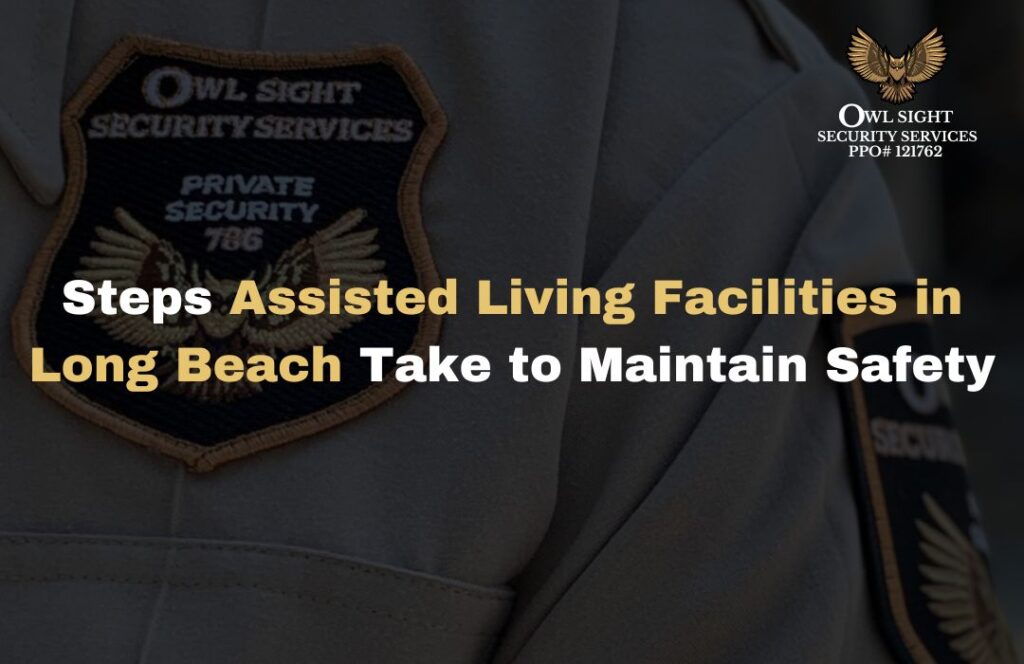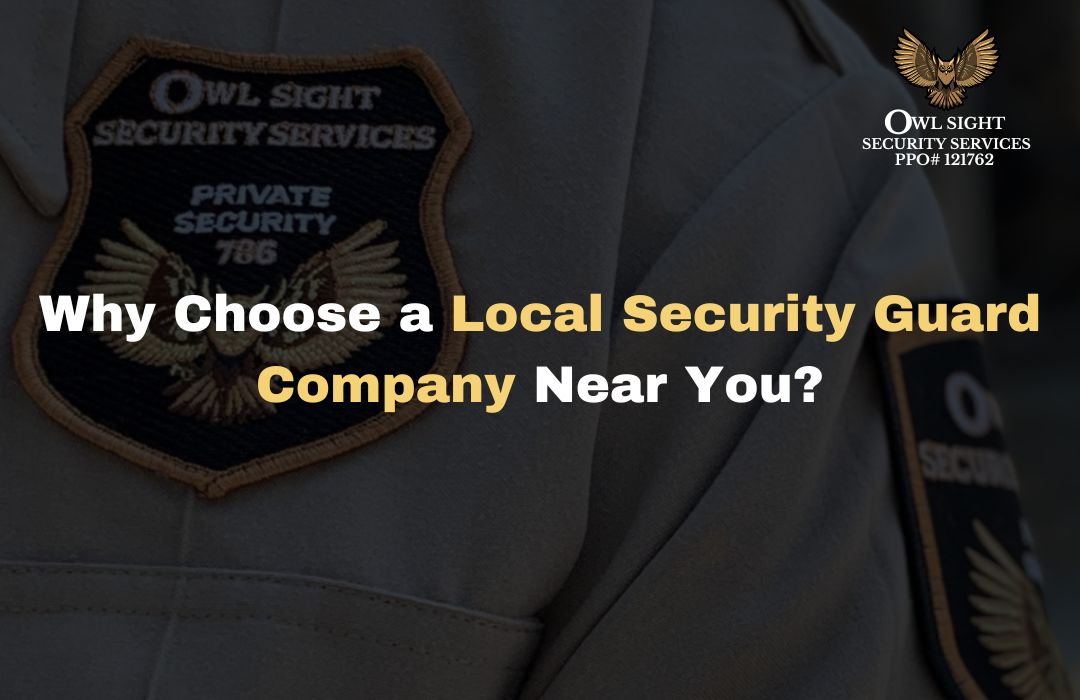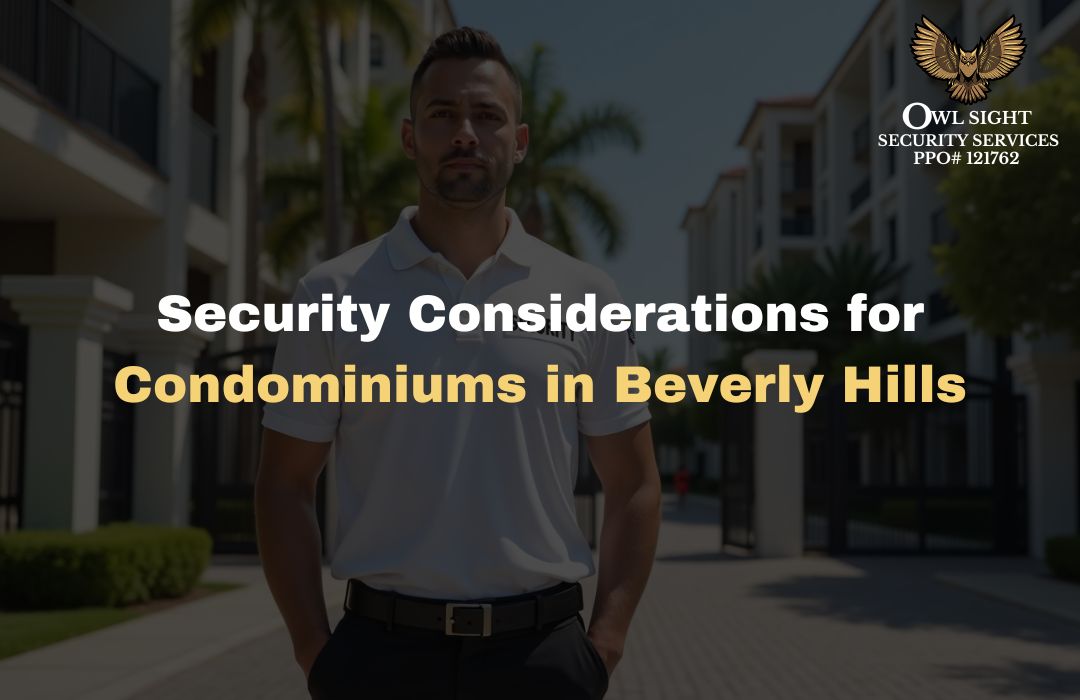
Assisted living facilities play a crucial role in supporting older adults who need daily care while preserving their independence. Understanding the steps assisted living facilities in Long Beach take to maintain safety provides insight into how these communities protect residents, staff, and visitors. Safety is achieved through planning, supervision, and collaboration among trained professionals.
Each facility in Long Beach operates under strict local and state regulations to ensure that its residents receive proper care and attention. Maintaining these standards requires not only medical readiness but also a structured approach to physical and procedural security. These measures are essential for preventing accidents, responding to emergencies, and maintaining order.
Through well-trained staff, professional security personnel, and consistent facility management, assisted living communities create an environment where safety is an integral part of daily operations. Each precaution taken reinforces the reliability and trust expected in long-term care settings.
Establishing Strong Safety Policies and Training
Clear safety policies are the foundation of a secure assisted living environment. Administrators must develop and enforce rules that address emergency procedures, visitor management, and health standards. Each policy should align with local safety regulations and the facility’s unique layout and resident population.
Staff training is critical for maintaining awareness and consistency. Regular workshops train employees on how to respond to fires, medical emergencies, and security threats. These sessions also improve communication between departments and ensure that everyone understands their responsibilities.
Consistent evaluation of safety policies helps identify gaps and ensure they remain current. By regularly updating procedures, facilities can adapt to new challenges and continue to deliver dependable care.
Monitoring and Surveillance Systems
Modern assisted living facilities use advanced surveillance tools to support daily operations. Security cameras placed in common areas, entrances, and hallways help staff observe activities while maintaining resident privacy. This visibility allows management to detect potential issues before they escalate.
Monitoring systems also assist in managing emergencies. Video feeds can confirm incidents, guide responders, and verify staff performance. These systems operate as both a preventive and investigative tool for maintaining accountability.
By integrating surveillance with professional patrols, facilities ensure continuous coverage. Real-time monitoring combined with human oversight allows for immediate intervention when unusual activity is detected.
The Role of Professional Security Guards
Trained security officers play a vital role in the overall safety framework. They patrol the property, monitor visitor access, and provide quick assistance during emergencies. Guards maintain visibility throughout the facility to deter unauthorized entry and maintain order and discipline.
Partnering with trusted security guard services in Long Beach ensures that facilities receive professional oversight from licensed personnel. These guards are knowledgeable about healthcare environments and have been trained to respond with care and discretion when interacting with elderly residents.
Their responsibilities also include daily reporting, coordination with staff, and continuous communication with management. The presence of professional guards ensures that security concerns are addressed promptly and effectively.
Access Control and Visitor Management
Visitor verification plays an essential role in maintaining a secure environment. Guards or front desk personnel should verify identification, log all guests, and ensure that visits are within approved hours. This system helps prevent unauthorized individuals from entering restricted areas.
Access control systems such as coded keypads, key cards, or biometric scanners offer additional protection. These tools provide traceable records of entry and exit, ensuring transparency and accountability throughout the facility.
Balancing accessibility and control ensures safety without disrupting the welcoming nature of assisted living communities. Residents benefit from knowing that all visitors are appropriately screened and managed.
Fire Prevention and Emergency Preparedness
Fire prevention remains one of the most important components of facility safety. Routine inspections of fire alarms, extinguishers, and sprinkler systems ensure compliance with city regulations. Staff must be trained to assist residents during evacuations, especially those with limited mobility.
Regular emergency drills prepare everyone for real-life situations. These exercises should include fire evacuation, medical response, and lockdown scenarios. Practicing ensures that every team member understands their role and can react quickly under pressure.
Facilities that prioritize fire prevention and training reduce risks and maintain compliance with safety codes. Consistent preparation guarantees faster responses and minimized impact during an emergency.
Health and Medical Safety
Maintaining resident health is the primary mission of assisted living facilities. Proper medication management, hygiene, and sanitation practices prevent illness and reduce risks associated with chronic conditions. Staff should follow established medical guidelines and consult healthcare professionals regularly.
Emergency medical kits, defibrillators, and oxygen supplies must be easily accessible in designated areas. Staff should receive routine instruction in first aid and CPR to respond promptly in the event of health emergencies.
By incorporating health-focused safety procedures into daily routines, facilities can protect residents’ well-being while reducing liability. These steps ensure consistent and responsive care across all levels of operation.
The Role of Assisted Living Security Guards
Trained assisted living security guards in Long Beach specialize in providing care-based protection tailored to senior living communities. They combine professionalism with empathy, ensuring residents feel safe and respected.
These guards conduct regular patrols, monitor access points, and support staff during emergencies. Their familiarity with residents and facility layouts allows them to respond effectively to both security and medical incidents.
Professional guards also maintain open communication with management, providing daily updates and recommending improvements to enhance operational efficiency. Their ongoing presence reinforces stability, trust, and safety throughout the facility.
How Technology Enhances Resident Safety
Technology is playing an increasingly important role in protecting residents and enhancing facility efficiency. Motion sensors, panic buttons, and mobile alert systems give residents quick access to help when needed. These devices also notify staff instantly in case of falls or health emergencies.
Electronic records and monitoring platforms help track safety compliance. By storing data securely, facilities can review incident reports and identify areas that require attention. Digital systems simplify documentation and strengthen accountability.
When technology is combined with physical security measures, the result is a layered safety strategy that covers both prevention and response. Assisted living communities in Long Beach are adopting these tools to enhance transparency and reliability.
Steps Assisted Living Facilities Take for Safety in Long Beach
Understanding the steps assisted living facilities take for safety in Long Beach emphasizes the community’s shared commitment to protection. These steps include regular inspections, trained personnel, and professional partnerships with licensed providers.
Facilities often collaborate with external agencies, such as fire departments and health inspectors, to ensure compliance with relevant regulations. These partnerships create a network of support that strengthens the community’s ability to respond to emergencies.
By maintaining clear communication among management, staff, and residents, assisted living centers in Long Beach create safe, organized, and trustworthy environments that promote overall well-being.
Continuous Improvement and Evaluation
Safety procedures must evolve in tandem with regulations and technology. Regular audits and feedback sessions help identify new challenges and ensure that policies remain practical and relevant. Management should schedule quarterly safety reviews and implement improvements immediately.
External consultants can offer valuable insights by assessing compliance and suggesting upgrades to systems and procedures. Their recommendations help facilities stay current with state licensing requirements.
Continuous evaluation fosters a culture of accountability. When leadership prioritizes safety updates, it demonstrates a commitment to excellence in resident care and operational integrity.
Conclusion
Understanding the steps assisted living facilities in Long Beach take to maintain safety highlights the importance of preparation, professional supervision, and ongoing improvement. Each measure, from access control to staff training, contributes to a secure and supportive environment.
For reliable supervision from a trusted security guard company, contact Owl Sight Security Services at 818-818-3307 to request a quote. Our licensed team provides professional patrols, access control, and continuous monitoring for assisted living and healthcare facilities across Long Beach.



